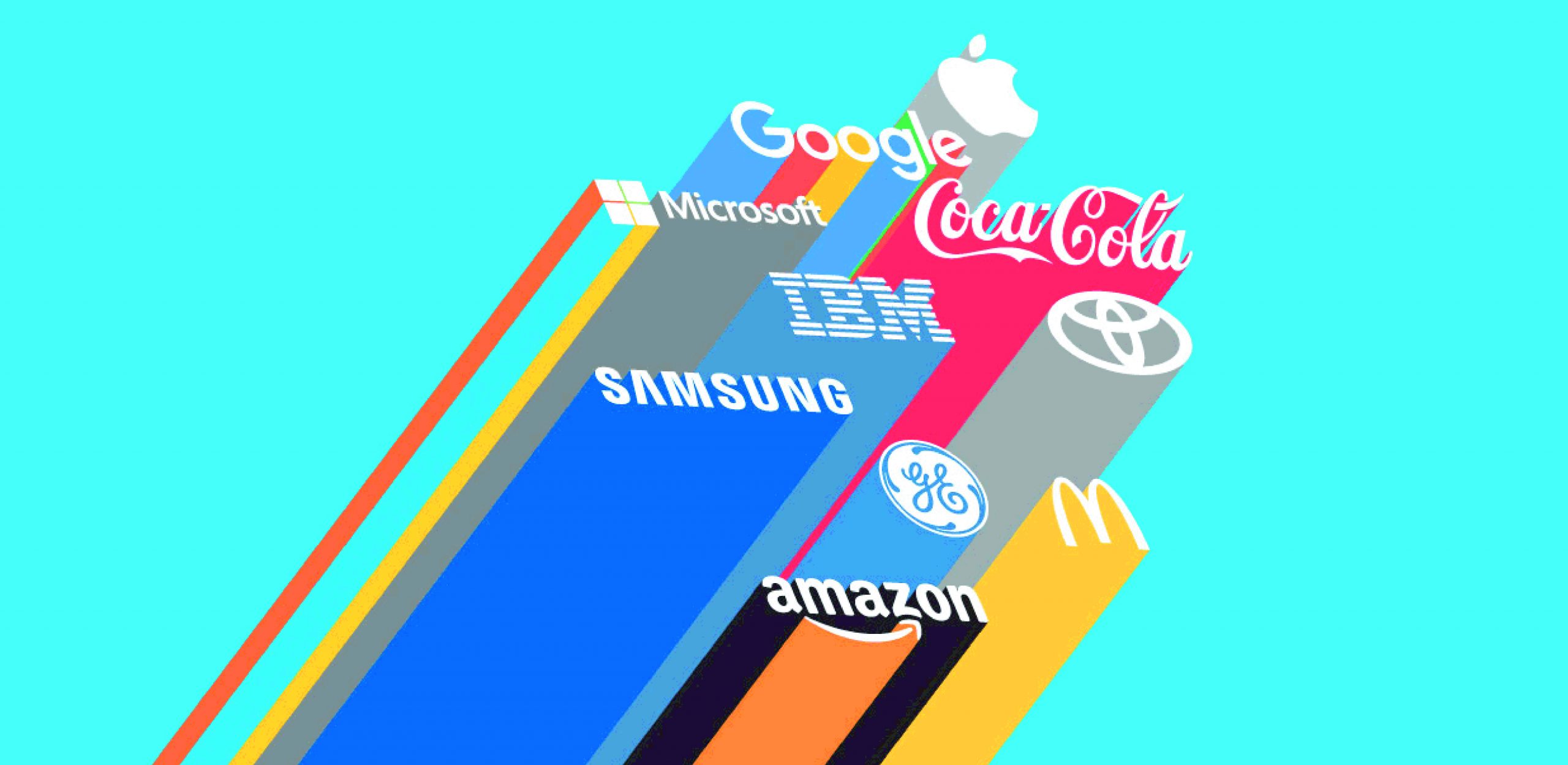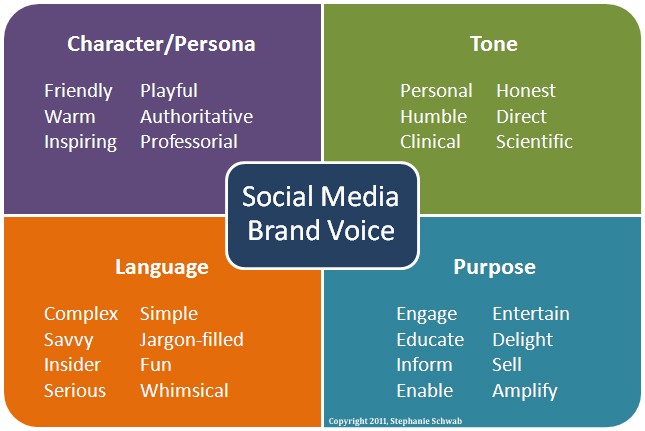
BLOG
How to Boost Your Brand on Social Media
Social media marketing is different from advertising Distinguishing itself from conventional advertising, social media marketing is a realm where mere sporadic promotional posts fail to capture an audience’s attention. To truly harness the transformative potential of social media, a comprehensive strategy is imperative. This realm is not solely about enticing existing patrons to make purchases; […]
Social media marketing is different from advertising
Distinguishing itself from conventional advertising, social media marketing is a realm where mere sporadic promotional posts fail to capture an audience’s attention. To truly harness the transformative potential of social media, a comprehensive strategy is imperative. This realm is not solely about enticing existing patrons to make purchases; rather, it extends its reach to embrace a broader spectrum within the target market. A well-crafted social media campaign has the capacity to resonate deeply, encouraging content sharing and fostering lasting brand recall.
You won’t attract many followers by just posting about your products and prices once a week. You need to develop a comprehensive campaign to really make social media work. Social media is a powerful tool because it can do more than simply encourage people who already know and like your business to buy more. It is a way to reach more people in your target market. The call to action for your social media post isn’t to come in and buy more; it’s please share this post. If you can offer a steady stream of engaging content, people will remember your brand.
Empathy
Empathy becomes the guiding principle when engaging with your target audience. It’s essential that your content offers them something of value, whether it’s a practical tip, an exclusive discount, or a moment of laughter. A compelling example of this is Amazon’s heartwarming video depicting a Christian minister and a Muslim imam exchanging gifts, a poignant narrative that resonates in a time when kindness between diverse groups is sought after. Infused with gentle humour about ageing, the video taps into a universal sentiment. Remarkably, this viral sensation isn’t driven by hefty discounts or competition; rather, it delivers an intangible gift—renewed faith in the inherent goodness of humanity.
Timing Is Everything
While the right content is essential, it isn’t the only ingredient in your social media recipe for success. Timing is everything. Think about where your target audience is. Are they all in your time zone? In another time zone? Or spread around the globe? What are they doing at different times of the day? If you are marketing to stay-at-home moms, they aren’t going to be on social media until after they get the children to school. Mid-afternoon, when school gets out, is another time you’ll miss them. If your audience is commuters on public transportation, rush hour time might be a good chance to catch them. You’ll need to find the best times to reach your audience with a bit of trial and error. Make some informed guesses and watch your numbers to see when people are looking at your post.
The tone that fits your business criteria
Your social tone offers people insight into the personality of your company and can go a long way toward building a strong relationship with your customers.
There are a number of questions you should examine before going about establishing your social tone.
What Is Your Business Persona & Culture?
This is crucial in determining your tone. Always take a look at the nature of your business and the brand image you want to project to the public. Ask yourself this:
- Are you going to be outgoing and fully interactive?
- Or are you going to take the subtle and reserved approach?
For example, an insurance company wouldn’t share funny posts/tweets or run competitions and caption contests. They would wish to project themselves in a more formal and professional businesslike manner. On the flip side, a bar/nightclub would be more liberal and engaging with their content and encourage regular interaction with their customers.
What Style Of Language Will You Use?
This will determine the style of your posts and the wording used in your content. The wording used and the language spoken will have a huge impact on how the brand is perceived by the general public.
Always use the language that fits most appropriately with the brand. If a serious tone is required then it’s best to avoid shorthand text speak or the use of emoticons. If your brand is that of a sportswear manufacturer or a chain of gyms then it is best to use an inspirational tone with the use of positive wording and quotes in your content.
If the brand speaks the same language as its customers then a rapport can be built quite quickly. Try to be courteous at all times and never appear dismissive or condescending in your wording.
What Is Your Purpose On Social Media?
Here the company must ask about the reason for its Social Media presence. It may be to market a product or service or the aim might be to provide a news and entertainment service.
Every purpose calls for a different tone. For instance; news or educational outlets will need to take a serious, informative and engaging tone while a business such as a car dealership will have to take a more sales-oriented and confident tone while maintaining a high engagement level.
Once a company establishes their general purpose it will then be able to go about setting the appropriate tone for its brand.
Building a certain perception
Finding the right social tone is essential. If done correctly a company’s Social Media presence can be a huge success. Giving the brand a voice and a personality and building a certain perception of the company that people will instantly recognise could be extremely advantageous.
The way the tone is set will greatly influence how people will interact with a specific channel. Using the wrong tone may result in your brand being perceived as unprofessional and inept so it is crucial that you get it 100% right.
Which Targets Do You Wish to Achieve?
Understanding your goals clearly can prove crucial in determining your overall tone. Take a look at the general goals of your business and the brand image you wish to project. Consider the following:
- Are you going to be fully interactive and topical with your audience? (B2C)
- Or do you wish to adopt a more subtle and rigid approach? (B2B)
For example, a life insurance company would generally shy away from sharing humorous, light-hearted posts. They would wish to present a more formal and professional tone to their target demographic.
On the flip side, a bar & restaurant would tend to be more liberal and engaging with their content, aiming to encourage regular interaction with their customers. Eye-catching visuals and vibrant content are very much the order of the day with both components geared towards enticing visitors to the venue.
Why Use Social Media?
Here the company must ask about the reason for its social media presence. It may be to market a product or service, or the aim might be to provide a news and entertainment website. Each purpose calls for a different tone. For instance, news or educational outlets will generally take a formal, informative and engaging tone.
A business such as a car dealership will have to take a more sales and assured tone to maintain a strong engagement level. Once a company finds their purpose in the world of social media, it will then be able to go about setting the appropriate tone for its brand.
Synopsis
Finding and developing the right social tone with proper timing is essential. If done correctly social media can prove to be a vitally successful resource for any business. Giving the brand a voice and a personality and building a certain perception of the company that people will instantly resonate with could be extremely advantageous. Using this tone consistently will build your brand’s image and recognition.
The way in which a tone is set will greatly influence how people will interact with a specific channel. Using the wrong tone may result in your brand being perceived as unprofessional and inept, so it is crucial that you get it 100% right.
Remember, with social media, your efforts are not a ‘and done exercise. Try posting and tweeting a series of similar messages at different times to see what times get the best response. You might find that it pays to share a message at two or three different times a day. Say you are sharing a link to your blog, you can share it with a slightly different tagline at different times. Just don’t go overboard! People might love your company, but they don’t want to see ten different Facebook posts from you every day!






